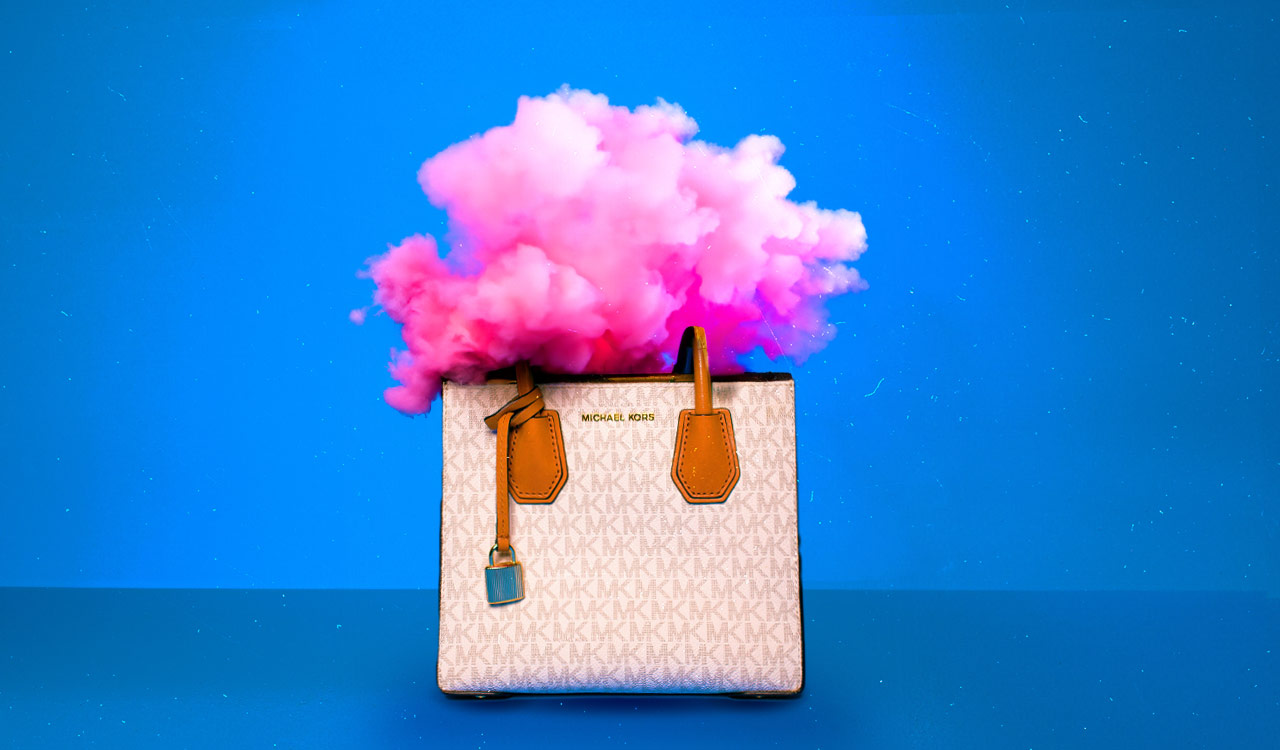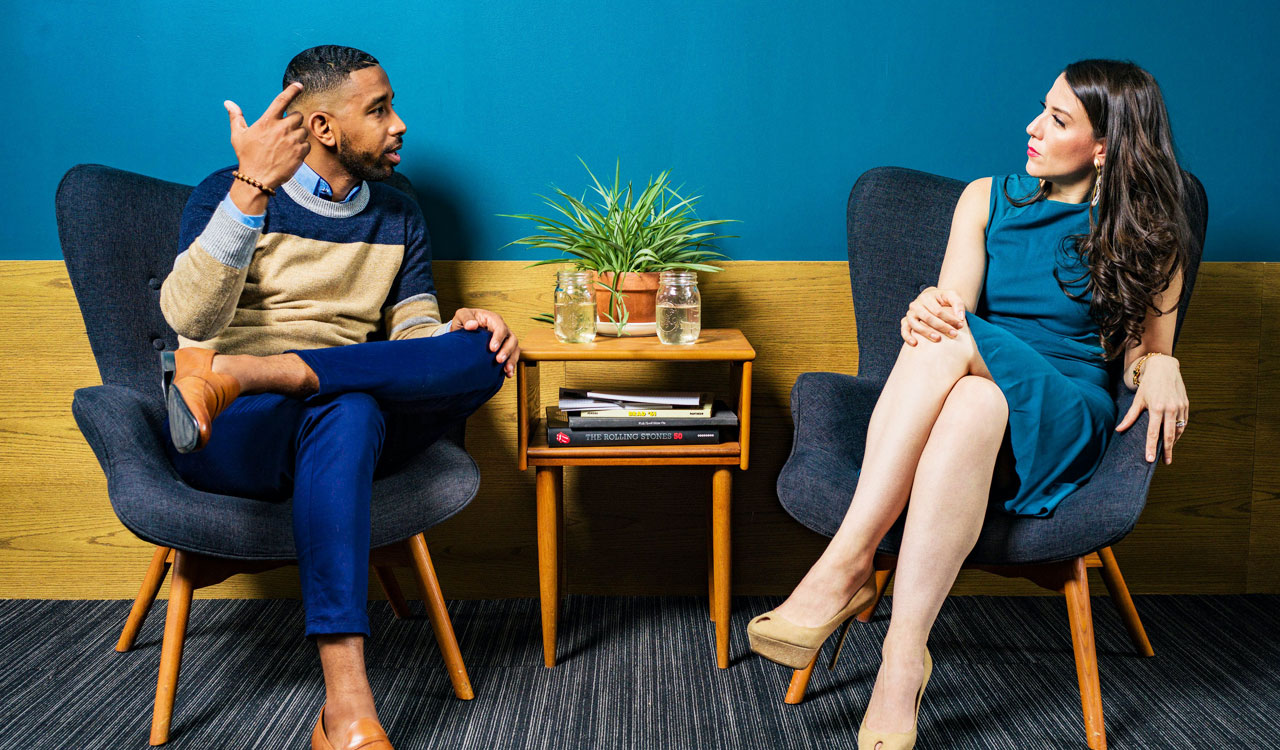On April 22, the Federal Trade Commission (FTC) sued to block the Tapestry Capri acquisition, a “deal that seeks to combine three close competitors; Tapestry’s Coach and Kate Spade brands with Capri’s Michael Kors brand. If allowed, the deal would eliminate direct head-to-head competition among Tapestry’s and Capri’s brands. It would also give Tapestry a dominant share of the “accessible luxury” handbag market, a term coined by Tapestry to describe quality leather and craftsmanship handbags at an affordable price.
The FTC needs a radical course correction regarding its understanding of the market Tapestry and Capri compete. The accessible luxury market was defined by price; Tapestry redefined its market as modern luxury to better reflect consumer desires and behavior in 2014. Buyers of luxury handbags span multiple age groups, psychographics, and income levels — modernity has few limits. If the FTC were to correctly apply the concept of modern luxury to Tapestry’s TAM, it would quickly realize the nearly boundless opportunity for multiple handbag brands.
Henry Liu, Director of the FTC’s Bureau of Competition goes on to say Tapestry’s goal to become a “serial acquirer” with its Capri acquisition, “threatens to deprive consumers of the competition for affordable handbags, while hourly workers stand to lose the benefits of higher wages and more favorable workplace conditions.”
Making Sense of Nonsense
Dozens of analysts, consultants, and advisors have commented on the senseless nature of this suit and here are my additional thoughts about the absurdity of the FTC suit.
- This acquisition would better position the combined companies to compete in the global accessories market as well as in the U.S. where international firms at the high end (LVMH, Kering, Richemont), low end (Shein, Zara, Mango) and modern luxury end (All Saints, Longchamp, Maje) are capturing emotional connection and mind and market share. Meanwhile, domestic brands, including Kate Spade and Michael Kors, are ceding share to a steady flow of new international and domestic brands on novelty and newness, the stuff that feeds fashion trends
- Coach may have created “accessible luxury” in the early 2000s as the FTC cites, but it changed direction along with consumers when it created “modern luxury” targeting consumers across demographics, psychographics, geographies, income levels and where aspiration and emotion are the purchase drivers, not accessible price points. Its total addressable market (TAM) today is about $200 billion globally.
- Low barriers to entry mean the market is not at risk of monopolistic or duopolistic power. The potential unintended consequence of blocking this acquisition is a U.S. polarized handbag marketplace dominated by high-end French and Italian luxury brands and Shein, reducing consumer choice in the middle.
- Protecting women in their shopping choices of luxury handbags seems specious. Why doesn’t the FTC look at financials, media, healthcare and pharmaceuticals, categories extremely difficult to separate truth from marketing and where the implications are more serious? In the aftermath of Too Big to Fail, the continued consolidation of the banking sector surely potentially jeopardizes more American consumers than the combination of a handful of modern luxury consumer brands.
- There are unintended consequences. Blocking this combination throws cold water on potential future exits for entrepreneurial brands that need funding and would choose a strategic investor over an often more preferable financial investor. Strategic transactions would have a higher hurdle given the FTC’s stance on the Tapestry/Capri transaction.
Tapestry Capri Acquisition and the Modern Luxury Market
The FTC needs a radical course correction regarding its understanding of the market Tapestry and Capri compete. The accessible luxury market was defined by price; Tapestry redefined its market as modern luxury to better reflect consumer desires and behavior in 2014. Buyers of luxury handbags span multiple age groups, psychographics, and income levels — modernity has few limits. If the FTC were to correctly apply the concept of modern luxury to Tapestry’s TAM, it would quickly realize the nearly boundless opportunity for multiple handbag brands.
Couple that with the low barriers to entry in the handbag market in the last 25 years. Look at the success of Michael Kors (who entered handbags in 2004) and Rebecca Minkoff (2005). Why even Monica Lewinsky leveraged her moment of fame and created a handbag line that had a moment in 1999.
Brand Extensions
Many fashion designers enter the handbag market to round out their assortment and because of the intrinsic attractiveness of the category. Fit isn’t an issue and seasonality is reduced. The proliferation of brands launching handbags and accessories is into categories where brands can leverage their unique power/emotional connection and monetize it.
Extending a fashion brand to handbags provides a higher margin growth opportunity. Just take a stroll around Bloomingdale’s flagship’s third and fourth floors and you find handbags and other accessories on brand mannequins providing shoppers with more brand options. For example, AllSaints, Zadig & Voltaire, ba&sh, Maje, Pinko, Ted Baker, Sandro, Whistles, Max Mara, Lafayette 148, and Ralph Lauren who are fashion (apparel) brands that offer handbags alongside their fashion offerings. And this doesn’t include the handbag department nor the luxury shop in shops.
An anecdotal NYC channel check of better and luxury department stores reveals 40+ handbag brands offering handbags in the $200-$1000 range in the handbag/accessories department. Move beyond that to the shop-in-shop luxury brands and add another dozen or so. When you add in the fashion brands elsewhere in the store. It is obvious that the modern handbag market is highly competitive, regardless of the size of the top players.
Field Notes
To get a broader pulse of opinion from smaller handbag brands and entrepreneurs, we asked a few who by and large think it’s a non-event.
- Emily Blumenthal has been a part of the handbag industry for 20+ years, writing books, advising, speaking, and teaching.Blumenthal, dubbed the “Handbag Fairy Godmother” by the New York Times told us if the acquisition goes through, “it wouldn’t impact the success of new market entrants. Moreover, there are too many players for it to impact pricing, and multi-brand players in other categories—apparel and footwear. The Liz Claiborne and Jones NY portfolio companies never had that pricing power. The barriers to entry are not high enough to stop any aspiring or established handbag brand.”
- Tiffany Zhou, entrepreneur, and founder of Oleada handbags for the working women said, “On one hand, this merger could create more exit opportunities for emerging American brands, as the combined entity might seek to acquire innovative labels to enhance its portfolio. On the other hand, this consolidation could pose challenges and raise barriers for independent brands trying to access top-tier supply chains.”
- GiGi New York advocates higher quality (and subsequently higher price). With fewer items and fewer wholesale customers, the brand has established brand equity and built a better business. The FTC has contacted GiGi New York to make its case. Tom Glazer, president/owner of GiGi New York which he founded in 2010 says, “Blocking this Tapestry/Capri combination will not change anything, Coach and Kors are already giants and combining them won’t impact the consumer other than potentially lowering prices as they pass on some of the operational cost savings. Leather supply will be impacted for smaller players as the top tanneries in Europe work with fewer larger players —think Kering and LVMH. As a made-in-the-USA brand, it’s impossible for GiGi New York to compete on price. When we entered the market, we decided not to compete on price, you haven’t been able to win on price for more than 20 years.”
Pragmatics
As any business student knows, as long as investors and the markets want growth and business operators want to protect brand equity, there will be a cap to a brand’s natural expansion. The growth mandate will be met by line extensions into adjacent categories, internal development of a new brand and/or the acquisition of other brands that provide growth opportunities (potentially a serial acquirer). This is the model at LVMH, L’Oréal, P&G Colgate, as well as financial, media and pharmaceutical empires. It just doesn’t make sense to meet growth objectives with expansion that undermines future cashflows, thus new brands are the lifeblood of businesses. That the FTC should single out handbags as a category where women need protection, shows they don’t understand the handbag business or shoppers.
There is also a real estate play. In a conversation with Soozan Baxter, owner, Soozan Baxter Consulting, she pointed out that the market seems to be missing the real estate angle. “Ignoring the power that both Capri and Tapestry have in the outlet world. When building a center, there are a few retailers that really act as anchors and draws to achieve additional leasing. Coach, owned by Tapestry and, Michael Kors, owned by Capri, are two of the most dominant players. Their power to make or break a project, as well as drive favorable lease terms, has importance in this industry sector.”
Agreed! In a Michael Porter Five Forces industry analysis sense, the shopping center operators would lose industry power to the expanded bargaining power of buyers/tenants. We believe the large outlet operators, such as Simon Property Group, which operates 69 premium outlets in the U.S. and Tanger (38 outlet centers) would opt for a no-go on a combined Tapestry/Capri.
End Notes
The FTC doesn’t understand how women shop for handbags. Fashion consumers are communicators of status, style and culture. They shop across all channels and buy a range of silhouettes, colors, and luxury brands. A handbag is an emotional purchase. Consumers trade up for emotion and down for generics, utility, and convenience. Discretionary handbag purchase decisions are nuanced, spanning emotional considerations, how does the brand/handbag make one feel? The emotion can be sophisticated, fashionable, artistic, businesslike; product attributes including does it match an outfit, does it hold all the necessary items; and price. If emotion outweighs fiscal prudence, there are multiple payment options for consumers, which have allowed many women to trade up to handbags that prudence would say was beyond their financial reach.
Tapestry is looking to survive and expand in a new business environment similar to the environment they encountered in 2014 when they coined modern luxury. A united Coach/Kors/Kate Spade is no guarantee of success, as the demise of other fashion portfolio companies (Liz Claiborne, Jones NY) can attest to. In fact, unless they exercise strong brand guardrails, (which I believe they will) they could jeopardize derivative me-too products that copy the success of one brand and might not be relevant for the other. I just wish the FTC would spend its currency on matters of greater import.




